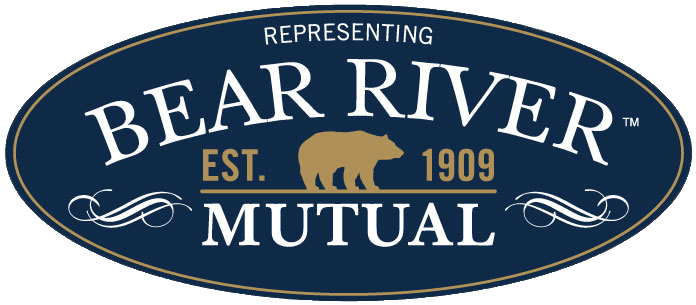Workplace accidents can happen anywhere — on a busy construction site, in a warehouse, or even in a quiet office. While no environment is entirely risk-free, most accidents in the workplace are preventable with the proper safety measures in place.
Prevention isn’t only about keeping employees safe. It’s also about avoiding costly disruptions, potential legal issues, and workers’ comp claims that impact a company’s bottom line.
Whether through proper training, consistent inspections, or a strong safety culture, taking proactive steps to reduce risks protects people and business operations.
In this guide, we’ll explore simple, effective strategies you can implement right away to lower the chances of accidents in the workplace and create a safer, more productive environment for everyone.
1. Prioritize employee training and onboarding
One of the most effective ways to prevent workplace accidents is to ensure that every employee understands how to do their job safely from day one.
Many workplace incidents happen because of improper employee training or unsafe habits picked up over time. A strong onboarding process sets the tone for safety expectations right away.
Every new hire should receive clear, hands-on training for their specific role, including operating equipment, following safety protocols, and responding in an emergency. This training should go beyond handing out a manual. It should involve demonstrations, interactive sessions, and opportunities for employees to ask questions.
Safety training isn’t a one-and-done event. Refresher courses, toolbox talks, and periodic skill reviews keep safety top-of-mind and help employees stay current on updated procedures or regulations.
Investing in thorough, ongoing training reduces the risk of accidents and creates a culture where safety is second nature.
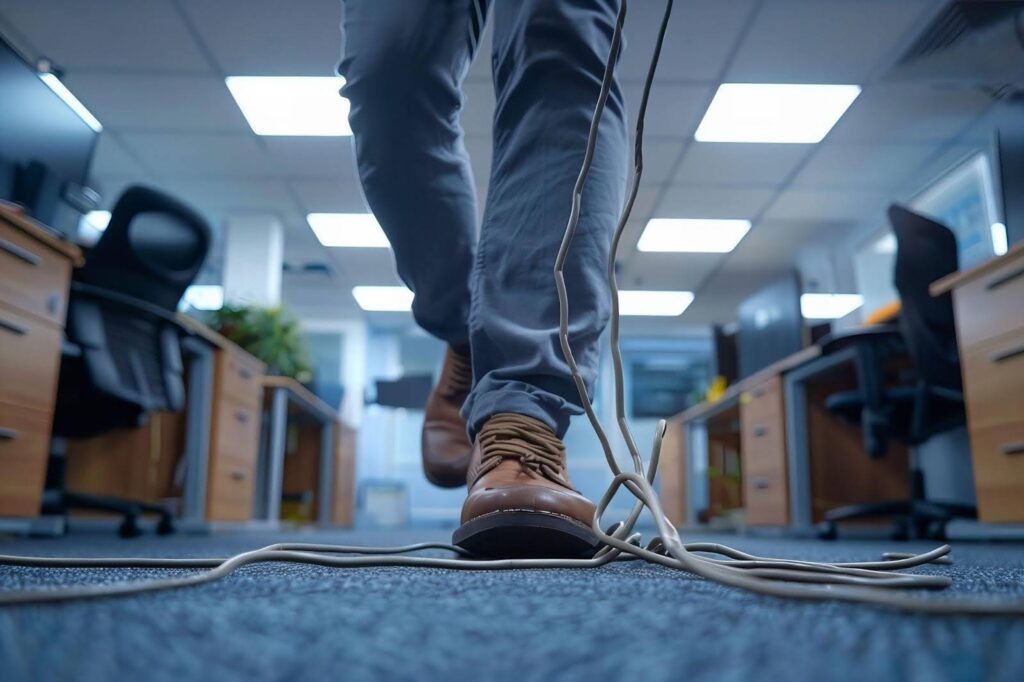
2. Maintain a clean, organized workspace
Clutter trips people, hides hazards, and slows work. Keep floors, walkways, and exits clear at all times. Wipe spills right away and post a wet-floor sign until the area dries. Return tools to their homes after each task. Label shelves and bins so everyone knows where items belong.
Set a “clean as you go” rule. Empty small trash cans daily. Remove broken pallets, scrap, and packaging before they pile up. Coil hoses and cords to prevent snags. Store heavy items at waist height to reduce lifting injuries. Keep frequently used supplies within easy reach.
Build a simple daily checklist:
- Clear aisles and emergency routes.
- Remove trip hazards and wipe spills.
- Inspect lighting; replace burned-out bulbs.
- Secure cords, mats, and floor runners.
- Confirm fire extinguishers and first-aid kits stay accessible.
Schedule weekly deep tidying. Review storage areas, check racks for damage, and verify labels match contents. Assign owners for zones so accountability stays high. A tidy workspace lowers risk, boosts morale, and keeps everyone focused on safe, efficient work.
3. Ensure proper use and maintenance of equipment
Equipment used incorrectly or poorly maintained becomes a serious safety hazard.
From small hand tools to heavy machinery, every piece of workplace equipment should be operated according to the manufacturer’s instructions and company safety guidelines. Skipping steps or improvising with the wrong tool leads to breakdowns, injuries, and costly downtime.
Make sure all employees receive training on the specific tools and machines they’ll use, including safe startup, operation, and shutdown procedures. Provide easy access to operating manuals, and post quick-reference safety reminders near high-risk equipment.
Regular maintenance is as important as correct use. Create a maintenance schedule that includes inspections, lubrication, part replacements, and safety checks. Address issues immediately. Never let a malfunctioning tool stay in circulation “until the next shift.”
By combining proper use with consistent upkeep, you extend the life of your equipment and protect your employees from preventable accidents caused by faulty or misused machinery.
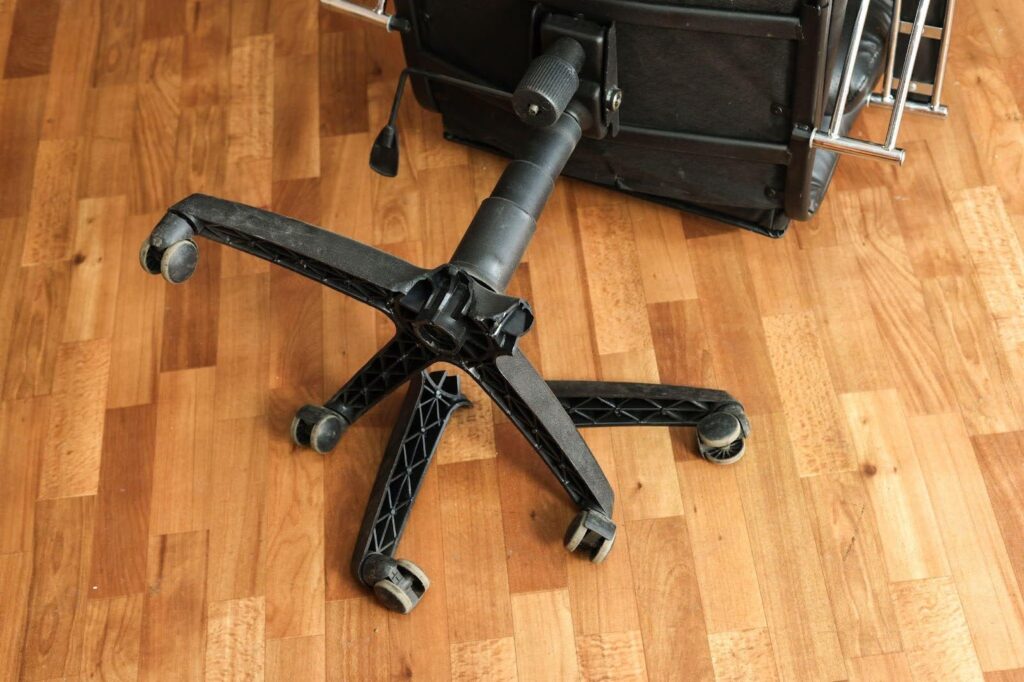
4. Enforce proper lifting techniques
Improper lifting is one of the leading causes of workplace injuries, especially when it comes to back strains and muscle pulls. Even in jobs that don’t seem physically demanding, lifting heavy or awkward items the wrong way can cause long-term damage. That’s why enforcing safe lifting techniques should be part of your workplace safety culture.
Train employees to lift with their legs, not their backs, and to keep the load close to their body. Encourage them to bend at the knees, maintain a straight spine, and avoid twisting while carrying weight. If an object is too heavy or bulky, workers should know it’s okay — even expected — to ask for help or use lifting aids like dollies, pallet jacks, or forklifts.
Post visual reminders in areas where lifting is common, and lead by example — supervisors and experienced employees should model safe lifting habits.
5. Post clear signage and hazard warnings
Clear, visible signage is one of the simplest yet most effective tools for preventing workplace accidents. Signs constantly remind employees of hazards, safe practices, and emergency procedures, helping them stay alert even in familiar environments.
Use standardized symbols, bold colors, and concise wording so messages are easily understood. Place “Wet Floor” signs immediately after a spill, post “High Voltage” warnings near electrical panels, and mark areas where protective gear is required. Use floor markings or wall graphics to reinforce safety boundaries in high-traffic zones or areas with multiple hazards.
It’s also important to update and maintain signage. Replace faded, damaged, or outdated signs promptly so they remain effective. As workplace layouts change or new equipment is introduced, review your signage plan to ensure it still covers all relevant hazards.
By making safety information clear, accessible, and visible, you reduce the risk of accidents and create a workspace where employees can confidently navigate potential dangers.
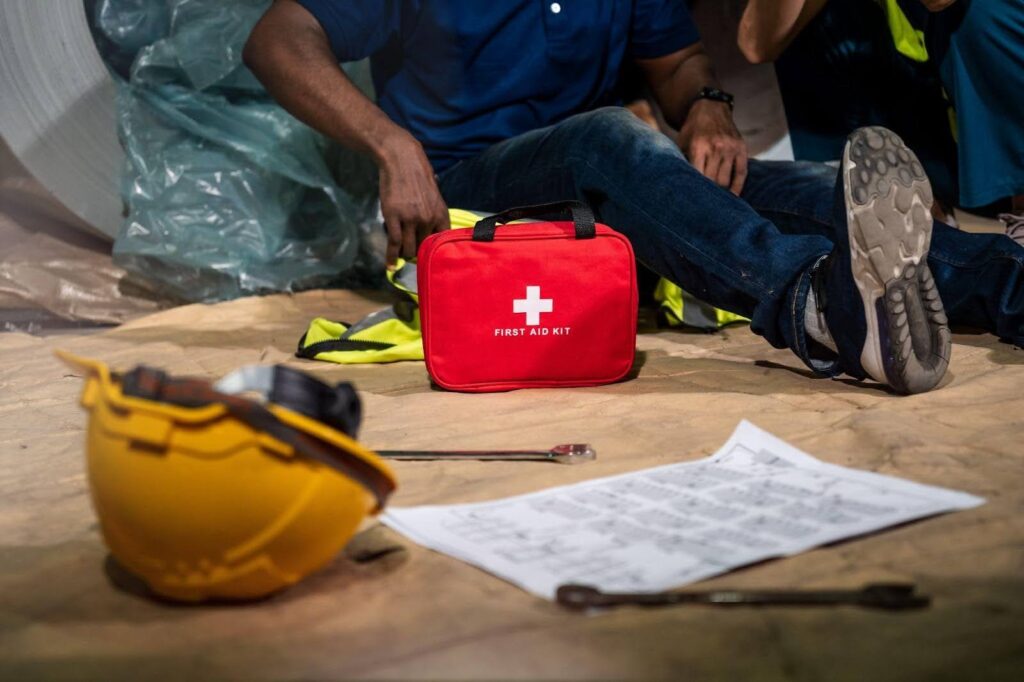
6. Require appropriate PPE
Personal protective equipment is the last line of defense between your employees and potential hazards. Whether it’s hard hats, safety glasses, gloves, ear protection, or steel-toed boots, PPE can make the difference between a close call and a serious injury. But simply providing PPE isn’t enough. You must ensure it’s consistently and correctly worn.
Start by identifying the specific hazards in your workplace and matching them with the right protective gear. Train employees about why PPE matters. When workers understand the risks that PPE prevents, they’re more likely to take PPE requirements seriously.
Inspect PPE regularly for signs of wear, and immediately replace damaged or expired items. Make gear easily accessible so employees don’t have to hunt for what they need. Most importantly, enforce PPE rules consistently — if even one person skips the gear, it sets a precedent that safety rules are optional.
Requiring and maintaining proper PPE sends a clear message: safety isn’t negotiable, and protecting your team comes first.
7. Encourage open communication about hazards
A safe workplace relies on a culture where employees feel comfortable speaking up about potential dangers. Too often, hazards go unreported because workers worry about being ignored, blamed, or even punished. Breaking down that barrier is essential to preventing accidents before they happen.
Start by making it clear that safety concerns are welcome and valued. Provide multiple ways for employees to report hazards, from anonymous suggestion boxes to direct conversations with supervisors. Respond promptly to every report, and follow up to let employees know what action you took. This builds trust and shows their input makes a real difference.
Encourage supervisors and team leads to set the tone by actively listening and thanking employees who speak up. Recognize hazard reporting as a proactive safety measure, not a complaint.
When everyone knows they can point out risks without fear, you tap into your team’s firsthand knowledge of daily operations and catch problems early, before they cause harm.
8. Schedule regular safety inspections
Regular safety inspections are one of the most effective ways to catch hazards before accidents occur. Even in well-maintained workplaces, conditions can change quickly. Equipment wears down, materials shift, and new risks emerge. Consistent inspections help you stay ahead of these issues.
Set a schedule for inspections that fits your workplace’s needs. High-risk environments like construction sites or manufacturing floors may require daily or weekly checks, while lower-risk offices might only need monthly reviews. Assign trained staff or a dedicated safety committee to handle the process, ensuring they know what to look for and how to document findings.
During inspections, focus on high-traffic areas, machinery, storage zones, emergency exits, and PPE stations. Keep a detailed log of any hazards found, the corrective actions taken, and the date issues were resolved.
Regular inspections build a proactive safety culture. When employees see hazards being addressed quickly and consistently, they know their well-being is a real priority.
9. Promote mental and physical well-being
A healthy workforce is a safer workforce. Physical fatigue, stress, and mental exhaustion can all lead to lapses in judgment, slower reaction times, and a higher risk of accidents. Supporting your employees’ overall well-being is a critical part of accident prevention.
Encourage regular breaks so employees can rest and recharge, especially during long shifts or physically demanding work. Provide access to clean drinking water, comfortable break areas, and, where possible, healthy snacks to help maintain energy levels.
Address mental health as seriously as physical health. Offer resources like employee assistance programs (EAPs), mental health hotlines, or wellness workshops. Encourage an open dialogue about stress and workload so employees feel comfortable asking for help before burnout.
Consider implementing wellness initiatives such as stretching sessions, fitness challenges, or ergonomic assessments. Small steps to reduce strain and improve comfort make a big difference in reducing accidents caused by fatigue or distraction.
Promoting mental and physical well-being creates an environment where employees are more alert, focused, and prepared to work safely every day.
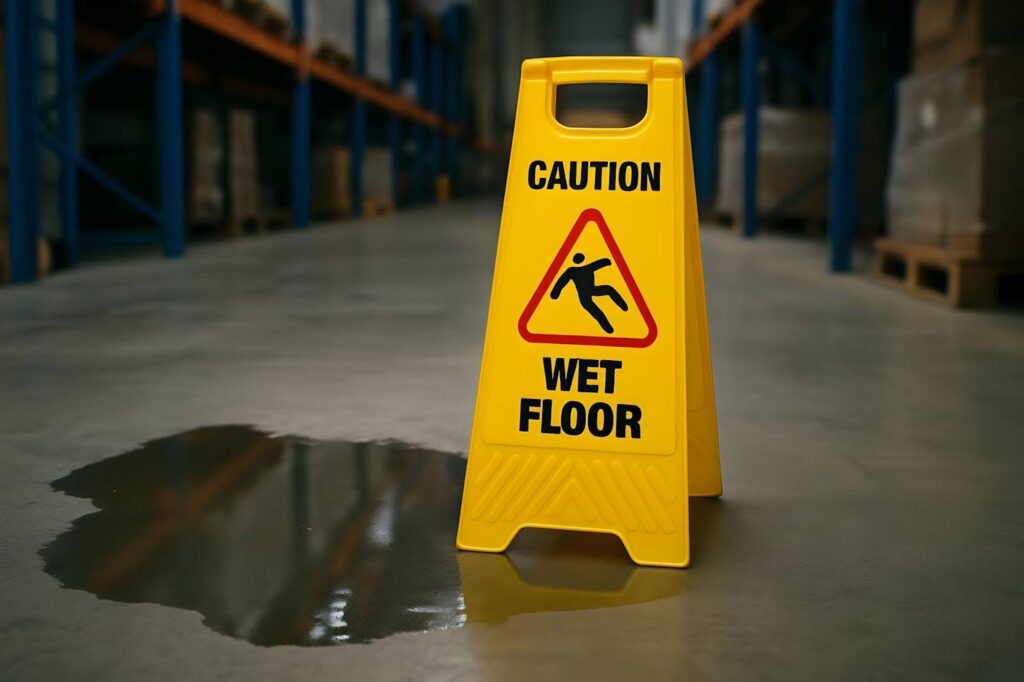
Keep the workplace safe with Bear River Insurance
Workplace accidents lead to costly workers’ comp claims, lost productivity, and, most importantly, harm to your employees.
At Bear River Insurance, we’re here to help you protect your team and your business. From ensuring you have the right workers’ compensation coverage to offering guidance on minimizing risks, our experienced team is committed to keeping you prepared and protected.
Don’t wait for an accident in the workplace to reveal gaps in your coverage. Contact Bear River Insurance today, and let’s make sure you have the right protection in place for whatever comes your way.

